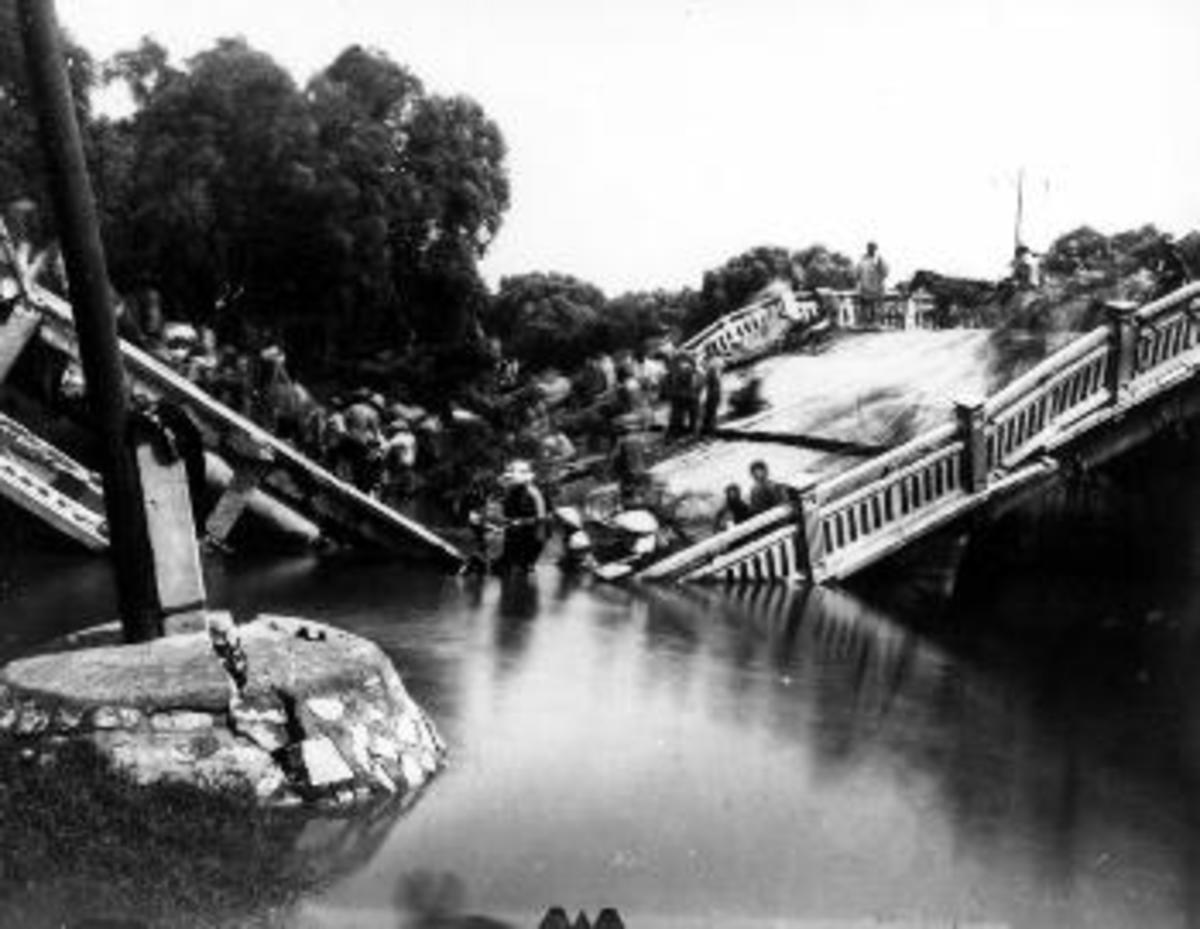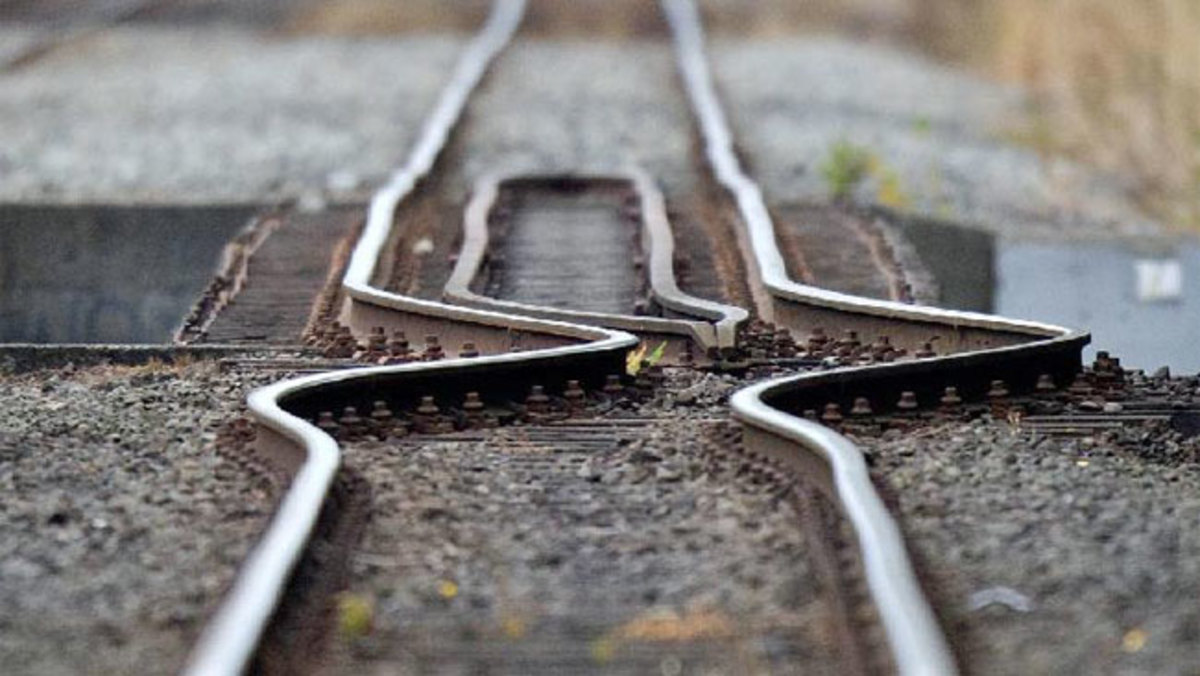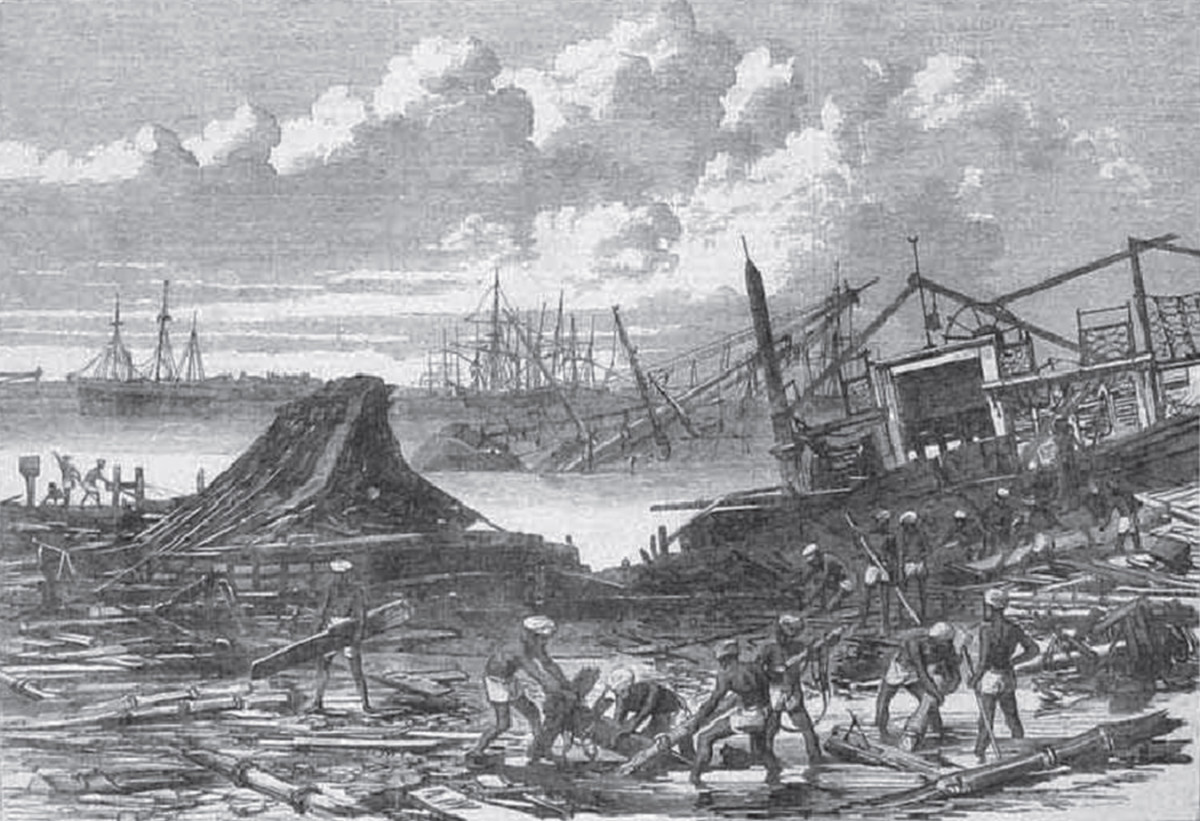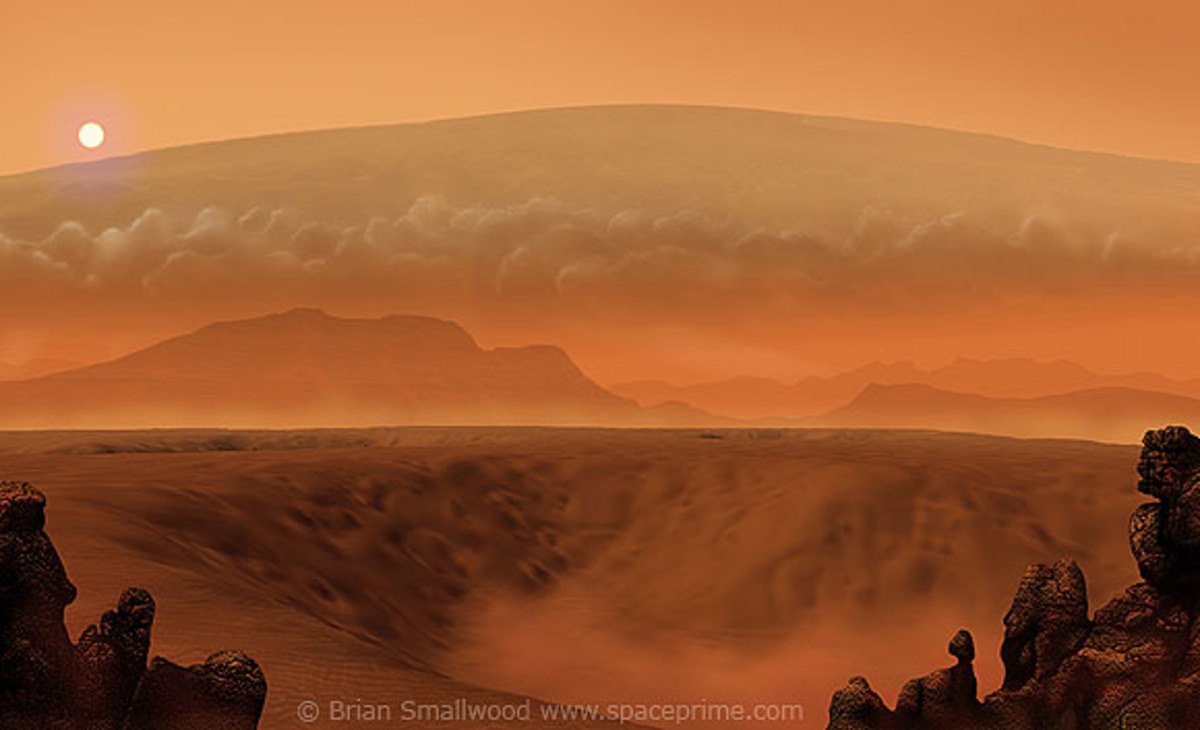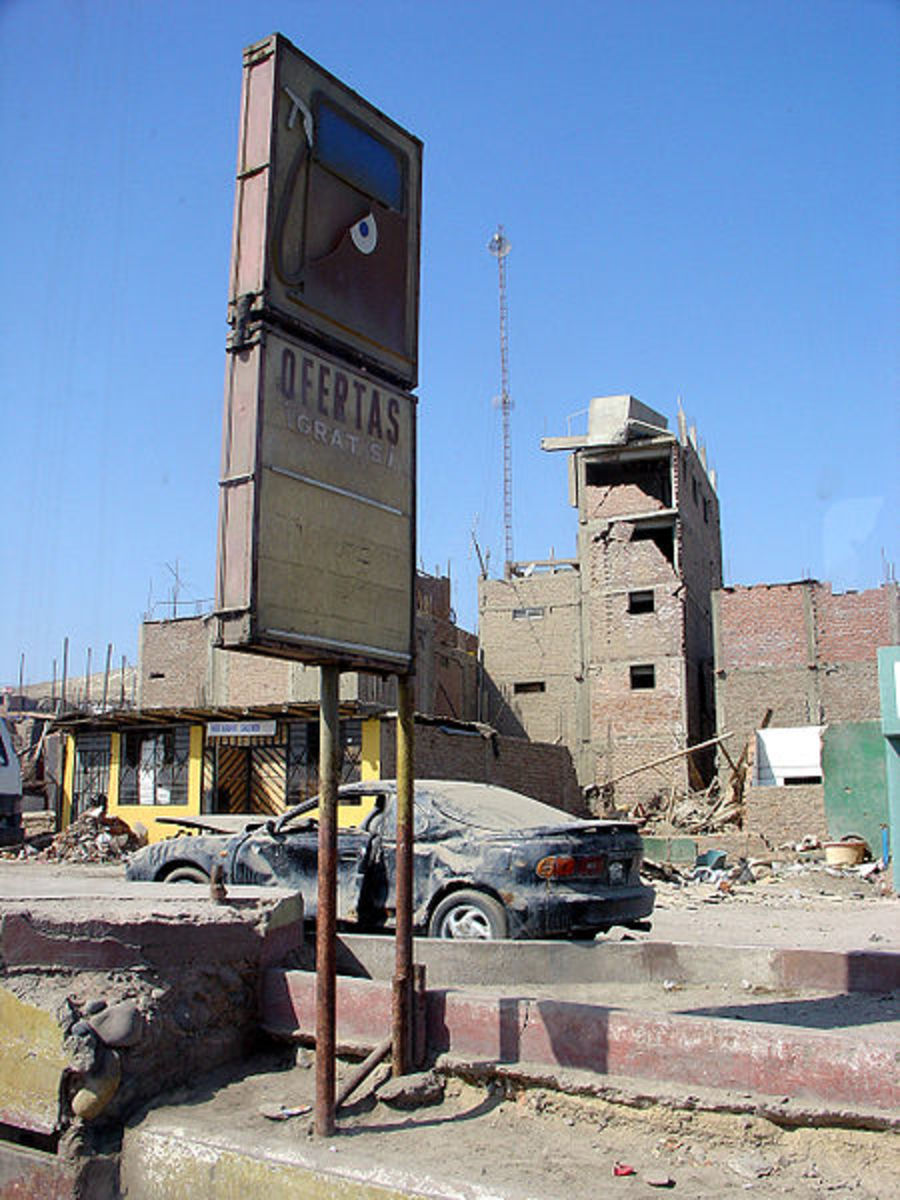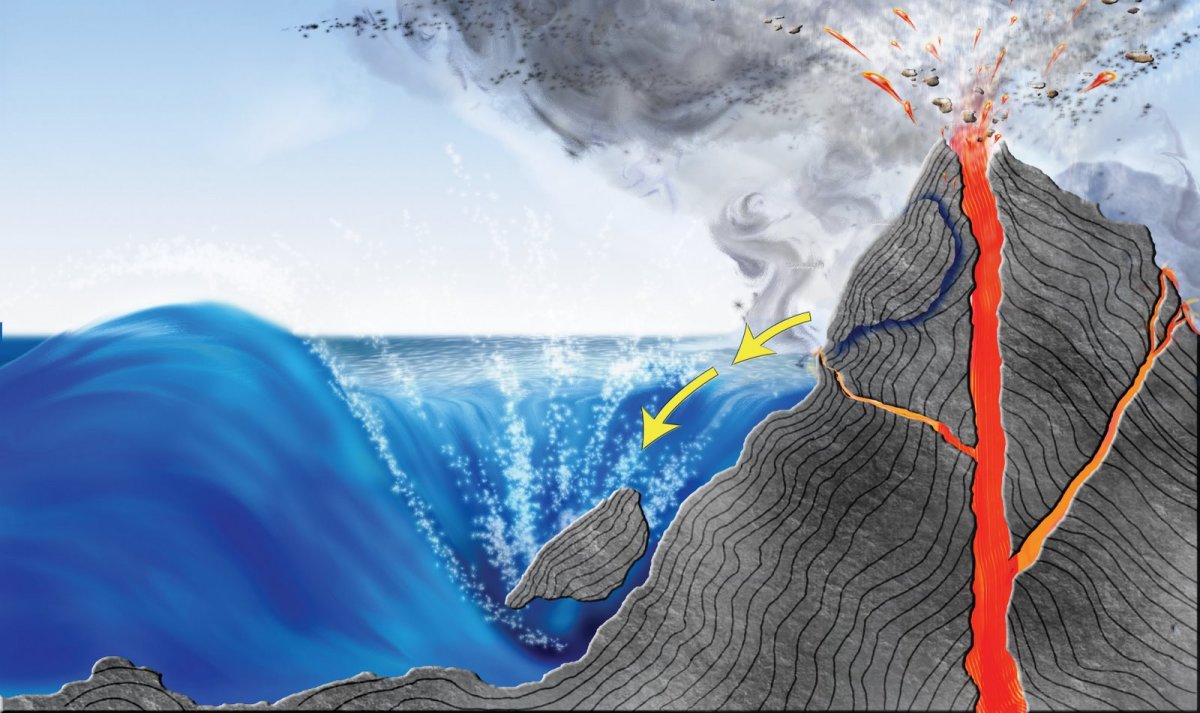The San Andreas Fault Line
The San Andreas Fault line is a boundary line between two moving plates on earths crust in the western California and it is about 1100 km long. One of the two plates between which the San Andreas Fault line is present is the Pacific plate and the other is the North American plate. The San Andreas Fault line divides California into two from Cape Mendocino to the Mexican border.
The San Andreas Fault line is believed to be almost 28 million years old. Over the years the gliding of the two plates beside the line have been causing severe earthquakes. Some of the most deadly earthquakes ever happened in the history of earth were due to the gliding of these plates. The west side usually moves to north causing earthquake along with the movement.
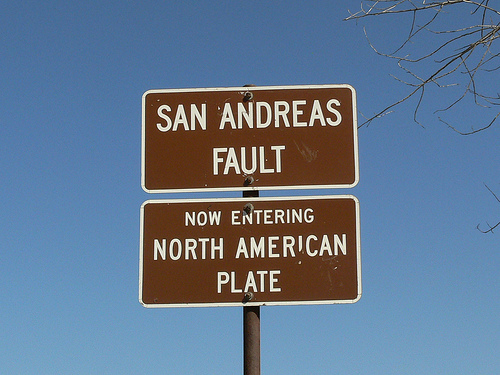
Although there are many other fault lines present on earth’s surface, the San Andreas Fault line is believed to be the most dangerous than all the others. Probably because the plates along the San Andreas move on the sideways instead of the conventional movement of one plate up and other down just like along other fault lines of the world.
On the pacific plate along the San Andreas line cities such as San Diego, Los Angeles and Big Sur are present while the cities of San Francisco, Sierra Nevada and Sacramento are on the North American plate.
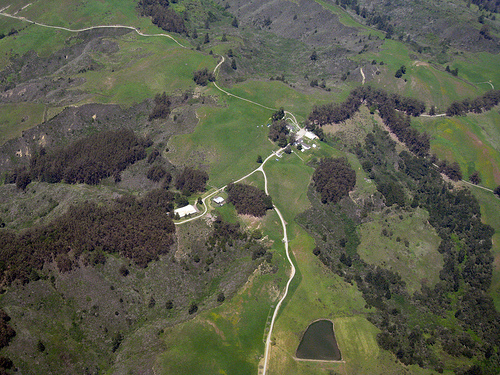
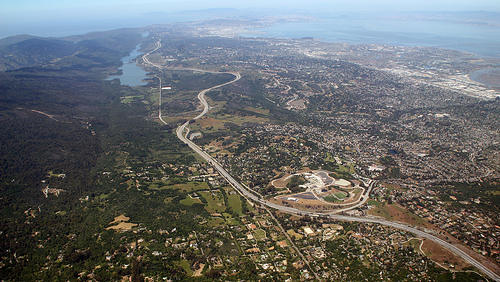
Different Segments Of The San Andreas Line
The San Andreas line has been divided into many segments. Following are some segments of the San Andreas Fault line:
The Northern Segment Of San Andreas Line
This segment of the San Andreas Fault line is approximately 300 km long and extends from the shelter cove ending along the San FranciscoBay area. Various parts of this segment have been ruptured by many earthquakes that happened along the line.
The famous San Francisco earthquake of 1906 has caused the most damage to the segment. Although the earthquakes of 1957 and 1989 caused damage to the segment, but since their magnitude was not as big as that 1906 earthquake, the damage caused is much less.
Major Earthquake Zones And Fault Lines
- Earthquake Fault Lines
Fault lines are the lines that blot a frontier flanked by two tectonic tableware of the Earth's coating. In places where earthquakes frequently occur. - Major Earthquake Zones And Disasters
Earthquakes are one of the most hazardous of natural disasters. An earthquake happens due to the tension put on the ground by the tectonic plates.
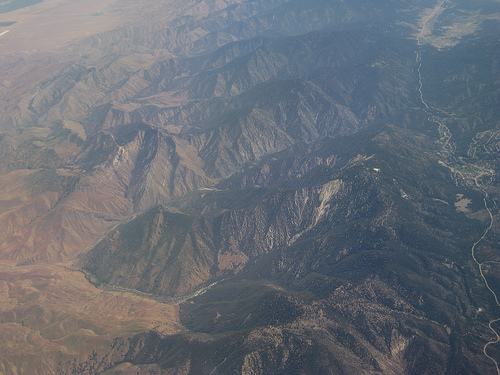
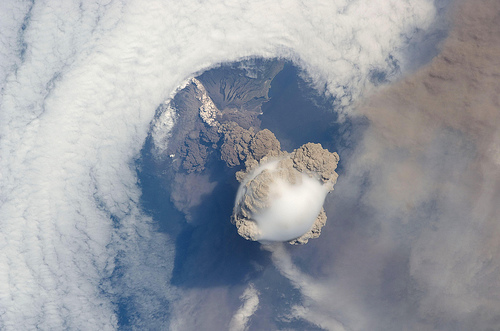
The Creeping Segment Of The Line
This segment of the line unlike other segments is in constant yearly movements.
The other sections of the San Andreas line are locked and move only in the case of major earthquakes but this portion has a constant 3 inch movement every year causing minor earthquakes. This time of phenomenon is very rare and is known as a seismic creep.
Major Disasters And Future
- Volcanoes And Some Historic Eruptions
Volcano - it conjures up vivid, lucid images of red-hot lava spewing out of a looming mountain, like mountain of fireworks gone astray. - The Earth Awaits Several Disasters With In The Next 6 Years
There are three valid reasons based on the new emerging geophysical conditions of earth that make us conclude that mother earth has entered the difficult period of six years from 2007 to 2012. - The Natural Disasters
Since time unknown the human race has been plagued by disasters that are caused by nature such as storms, floods and earthquakes.
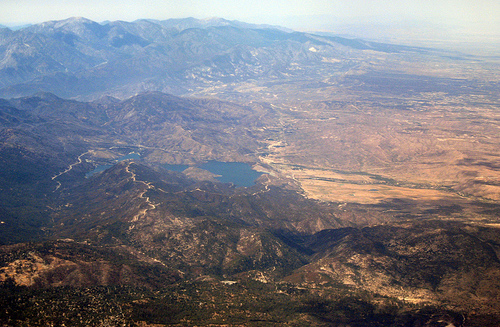
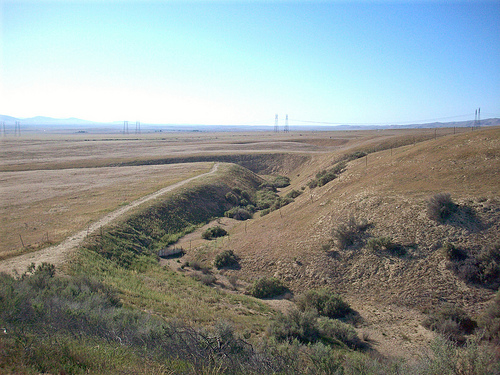
The Central Segment Of The San Andreas Line
Before the great 1906 earthquake, an earthquake of much higher magnitude happened on the 9th of January 1857. This earthquake opened the ground for about 350 km.
The central segment of the San Andreas line in defined by this particular earthquake. Along the San Emigdio Mountains the segment takes a bend and then runs along the south edge of the Mojave Desert.
The Park Fields Segment Of The San Andreas Line
This segment is hardly 30 km long and is located at the centre of the San Andreas. The earthquakes that occur along the park field segment are at maximum 6 magnitude and don’t cause much of the damage.
Documentary On The San Andreas Fault
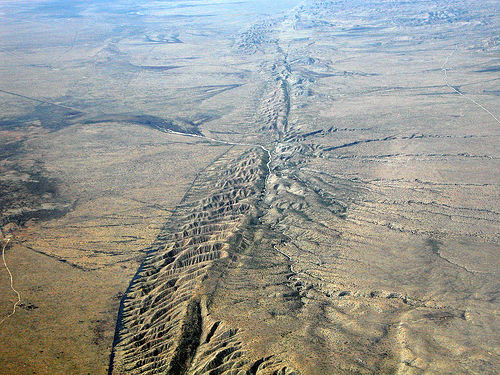

The Southern Segment Of The San Andreas Line
This segment runs from the Cajon pass and ends at the shores of Slaton Sea running approximately 300 km. At some parts of the segments a seismic creep has been observed.
The segment has not been ruptured since the 1700s and its earthquakes do not cause much harm.
The segment slits into two strands near San Bernardino Mountains.
Earthquake Preparedness and Safety Measures
- Earthquake Preparedness
Among natural calamities, earthquake is considered to be the most devastating one. The magnitude of destruction caused by a powerful earthquake is enough. - How To Prepare For An Earthquake
What is an Earthquake? An earthquake is defined as the phenomena in which large sections of tectonic plates of the earths crust move.
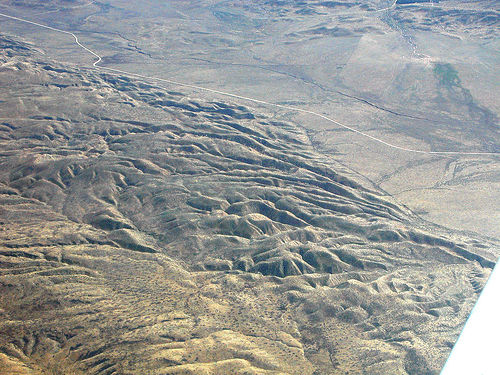
The Assumptions And Myths About The San Andreas Fault Line
There are many assumptions and predictions regarding the San Andreas Fault line. Many scientists and geologists predicted the line may extend over the years, however no such thing has yet been observed.
There is also a myth regarding the fault line that one day an earthquake so big would be caused that it would rip the entire California a part. There is no doubt that one of the greatest earthquakes ever have been caused along the Fault line of San Andreas which has caused cracks and furrows on the land.
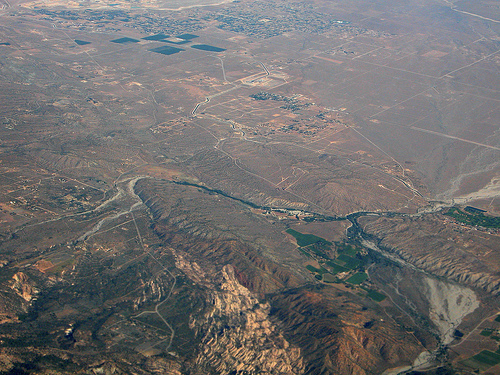
However ever since the 1906 earthquake no major earthquake causing such an extent of damage has occurred along the line.
Now the land above the line is peacefully occupied by the residents who suffer minor shakes once in a while. Will the myths ever come true? Or is there really yet another earthquake on the way far more dangerous than of the earthquakes? The answer can never be given surely.
Presentation On San Andreas Fault
Survival After An Earthquake
- Earthquake Survival After An Earthquake
To survive an earth quake one must first of all know what an earth quake is. An earthquake is the shaking and trembling of the ground.

